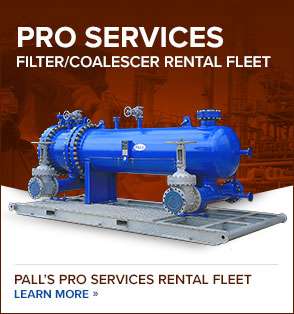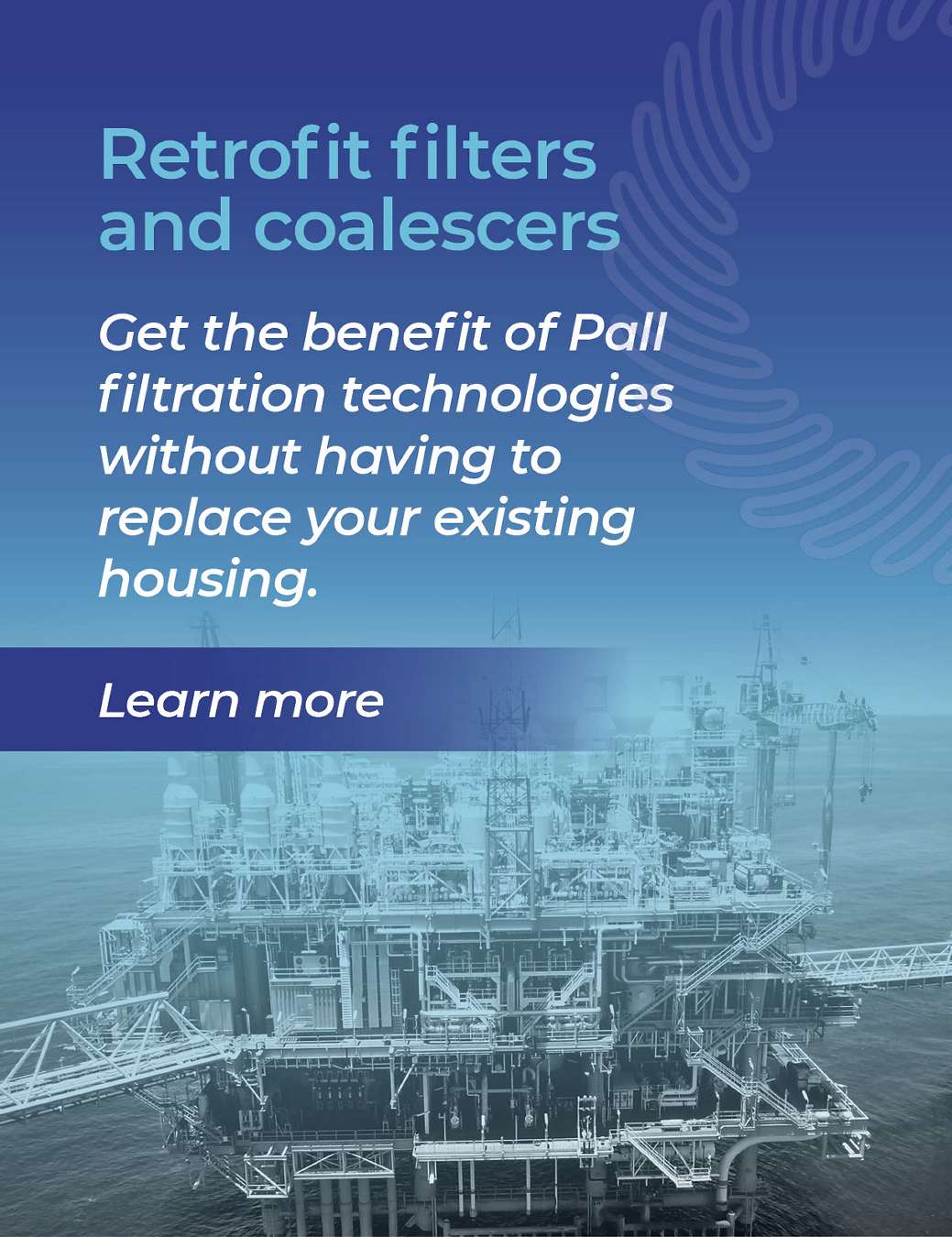A importância da remoção de mercúrio do gás natural
O mercúrio está presente na maioria dos campos de gás natural em concentrações de < 10 ppb a > 1 ppm como compostos elementar (metálico), orgânico e também inorgânico. A remoção do mercúrio até níveis não detectáveis é importante, uma vez que ele é tóxico, pode envenenar catalisadores utilizados nas unidades de processamento downstream, e pode danificar o equipamento downstream através da fragilização líquido-metal (LME), uma forma de corrosão que leva ao início de fraturas e à propagação principalmente nos equipamentos fabricados com alumínio. Isso tem resultado em diversas falhas do equipamento, desligamentos não programados e, em alguns casos, incêndios.
Quais são os métodos para remover mercúrio (Hg) do gás natural?
A remoção do mercúrio do gás natural pode ser alcançada usando adsorventes não regenerativos ou regenerativos. Em ambos os casos, o gás hidrocarboneto entra na parte superior da torre de adsorção e flui para baixo através do adsorvente onde o mercúrio é adsorvido, saindo pela parte inferior para processamento adicional ou venda. Sistemas regeneráveis possuem duas ou mais torres de adsorção, permitindo que uma seja regenerada enquanto a(s) torre(s) restante(s) permanece(m) em operação. A regeneração do leito é feita fluindo-se gás de regeneração aquecido para cima, de modo que os contaminantes adsorvidos perto do leito possam ser removidos sem que passem por todo o leito. A proteção dos leitos da contaminação líquida da água é essencial para garantir a remoção eficiente do mercúrio e uma vida útil do leito longa e confiável.
O que uma planta de gás precisa de uma unidade de remoção de mercúrio?
- Alcançar ou exceder os níveis de produção de gás natural liquefeito por meio do tratamento confiável de gases brutos
- Fornecer gás de qualidade consistente para o conteúdo de mercúrio, geralmente < 10 ng/Nm3 (aprox.1 pptv)
- Proteger o equipamento criogênico a jusante contra fragilização líquido-metal (LME)
- Minimizar a degradação do leito de adsorção ou a perda de capacidade resultando em substituição prematura do leito
Desafios na remoção de mercúrio
Desafio na falha de LME
| Solução |
| Proteção do equipamento de alumínio contra falha de LME devido à degradação do leito de adsorção, que reduz a remoção de mercúrio devido a material estranho como, por exemplo, glicol, amina, óleo lubrificante, inibidores de corrosão e sólidos, revestimento e obstrução dos poros do adsorvente, geralmente levando à necessidade de substituição prematura do leito | Melhorar a confiabilidade, a produtividade e a segurança do seu equipamento por meio da eficiência do processo de remoção de mercúrio e a vida útil do leito com remoção eficiente de sólidos e líquidos upstream dos leitos de adsorção. A extensão da vida útil do leito para um ano ou mais pode ser possível com melhor proteção.
|
Desafio no dano ao leito | Solução |
| Danos ao leito devido ao nível baixo contínuo ou à entrada de resíduos líquidos de água, fazendo o leito “explodir” por choque térmico | Proteja contra a entrada de resíduos de líquido, capturando a água a montante dos leitos dessecantes.
|
Desafio das partículas finas de dessecante no fluxo de gás | Solução |
| Danos ao equipamento do processamento downstream devido ao arrastamento de resíduos do dessecante para fluxo de gás sem mercúrio | Garanta a produtividade e a confiabilidade ao proteger os equipamentos, como os trocadores de calor criogênicos, compressores e leitos de catalisador através do controle de sólidos eficiente a jusante dos leitos de adsorção.
|
Fluxograma do processo de remoção de mercúrio
Principais aplicações/Recomendações de filtro (outras aplicações não exibidas)
Aplicação
1.
Coalescedor na entrada do contator
Benefícios ao cliente
Produtividade, confiabilidade do processo e dos equipamentos e conteúdo de mercúrio de acordo com as especificações graças à manutenção da eficiência e da capacidade do adsorvedor
2.
Proteção Downstream
Confiabilidade do processamento pela eliminação da poeira do adsorvente
Para saber mais sobre como melhorar a eficiência de seus processos, contate nossa equipe de especialistas em filtração.
Nossos produtos
Liderando o setor com soluções e produtos adaptados às necessidades dos clientes.
Vamos encontrar a solução certa juntos.
Vamos nos conectar. Queremos compartilhar nossas soluções de filtração inovadoras com você hoje mesmo. Entre em contato com nossos especialistas no assunto para informações sobre como podemos ajudar. Obrigado e esperamos apoiar você em breve.


